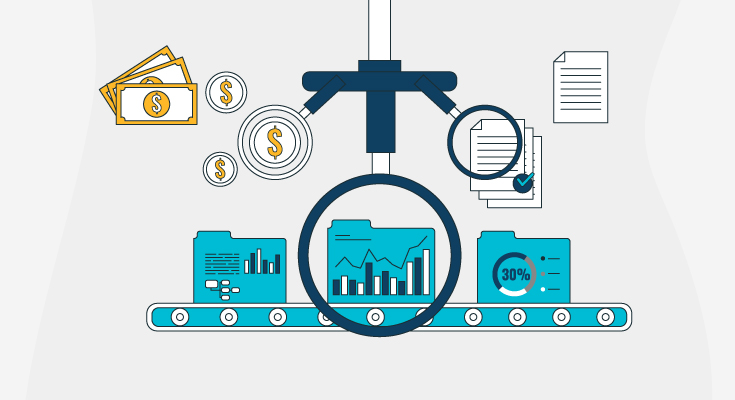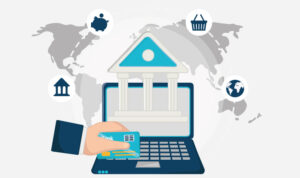Adopting Digital Assets in Financial Services

Any technology that shows any type of promise is always met with hype. Cryptocurrencies and other digital assets in the financial industry feel the same way, but over the last few months, the developments in the industry show all the signs of digital assets becoming a mainstream service. Needless to say that there are several challenges to overcome before that happens. This is the primary reason why digital assets in financial services are being surveyed thoroughly to gain a better understanding of the adoption of digital assets.
The inspection of digital assets will analyze the industry attitude towards cryptocurrencies, stablecoins, central bank digital currencies, tokenized securities, and non-fungible tokens from executives in banking, asset management, FinTechs, and future digital asset companies. The timing to put digital assets under a microscope is ideal as there have been some developments to push digital assets into financial services. With increased customer interest and several advances made by banks, it is high time to determine the future of cryptocurrencies and other digital assets. But most customers don’t even know what are digital assets cryptocurrency.
Almost 90% of global central banks are taking steps towards launching their digital assets cryptocurrencies. The biggest example of this in the USA can be the CITI bank, which started to be looking into the crypto markets to keep up with customer demands. In May 2021, Goldman Sachs introduced their first-ever crypto trades, after announcing that they were entering the bitcoin market.
Not just cryptocurrencies, this year also brought non-fungible tokens, NFTs came to public attention. Theoretically, anything that can be represented digitally is issued as NFT for sale and purchase. Digital art, tweets, and soundbites are a few top examples of NFTs. The familiarization of NFTs has opened up new revenue models for artists, sports companies, and video game developers.
The rising customer interest suggests positive growth, but the market is volatile and unpredictable and it can go down at any given moment. China’s recent stoppage of Bitcoin mining led to a significant price collapse in the market.
Does the Financial Industry See Digital Services as Long-Term Services?
The financial industry can make all the announcements and plans, but it won’t make a difference for customers until some solid actions are taken. The primary concern at the moment is “Do banks and other financial institutions consider digital assets worthy of a long-term investment?”
Top banks from all over the globe have been working and experimenting with digital assets for several years, even before the hype. However, the transition from research and experimentation to investment and execution can be a difficult step to take. As the experimentation phase is over, most banks are now focusing on launching services that will fulfill the customer demands for cryptocurrencies. Other banks are investing in building better digital infrastructure, while the rest are focusing on building digital assets of their own like stablecoins and tokenized securities.
This states that there is a divide in the financial industry regarding the future of digital assets. Some players in the industry are investing significantly in crypto while others are unsure. Firms operating in the financial industry are unsure of whether or not to invest in crypto or to adopt a ‘wait and see’ methodology.
Another reason why some banks and institutions are adopting digital assets and cryptocurrencies is because of the rising customer demand. By sitting back to analyze the market, banks are afraid to lose customers.
What’s the Biggest Challenge to Mainstream Adoption of Digital Assets?
As mentioned above, a lot of development is being made in the digital asset in the financial industry, so what’s stopping crypto and other digital assets from becoming mainstream? The lack of regulations in the industry makes it susceptible to fraud, but over-regulation can stop the momentum of the industry altogether. So it’ll be interesting to analyze the next step of the industries.
Regulators are trying their best to make sure the digital asset in financial services is available to customers without over regulations. The UK Financial Conduct Authority issued a warning to consumers about the dangers of betting on digital assets. The Central Bank of Ireland stated that Bitcoin can’t be treated as a currency as it doesn’t meet the requirements of a functional standard currency, it’s more like a high-risk asset.
The European Union issues a regulation for markets in crypto assets to help in regulating the currency and the service providers in the EU and provide a licensing regime for all member states by 2024. This update in regulation will cover all the digital assets that don’t fall under any regulation.
Impact of Tokenization of Financial Assets
Tokenization simply means a representation of a digital assets cryptocurrency, which can be any physical asset. However, in this situation, tokenization is required for digital assets such as equity or share. While traditional payments take up to 3 days to reflect in the banks, the sale and purchase of token assets offer almost real-time transfers. This fast-paced transfer of funds can increase demands and change the current financial infrastructure.












